Home>Garden Essentials>What Is A Plant Seed
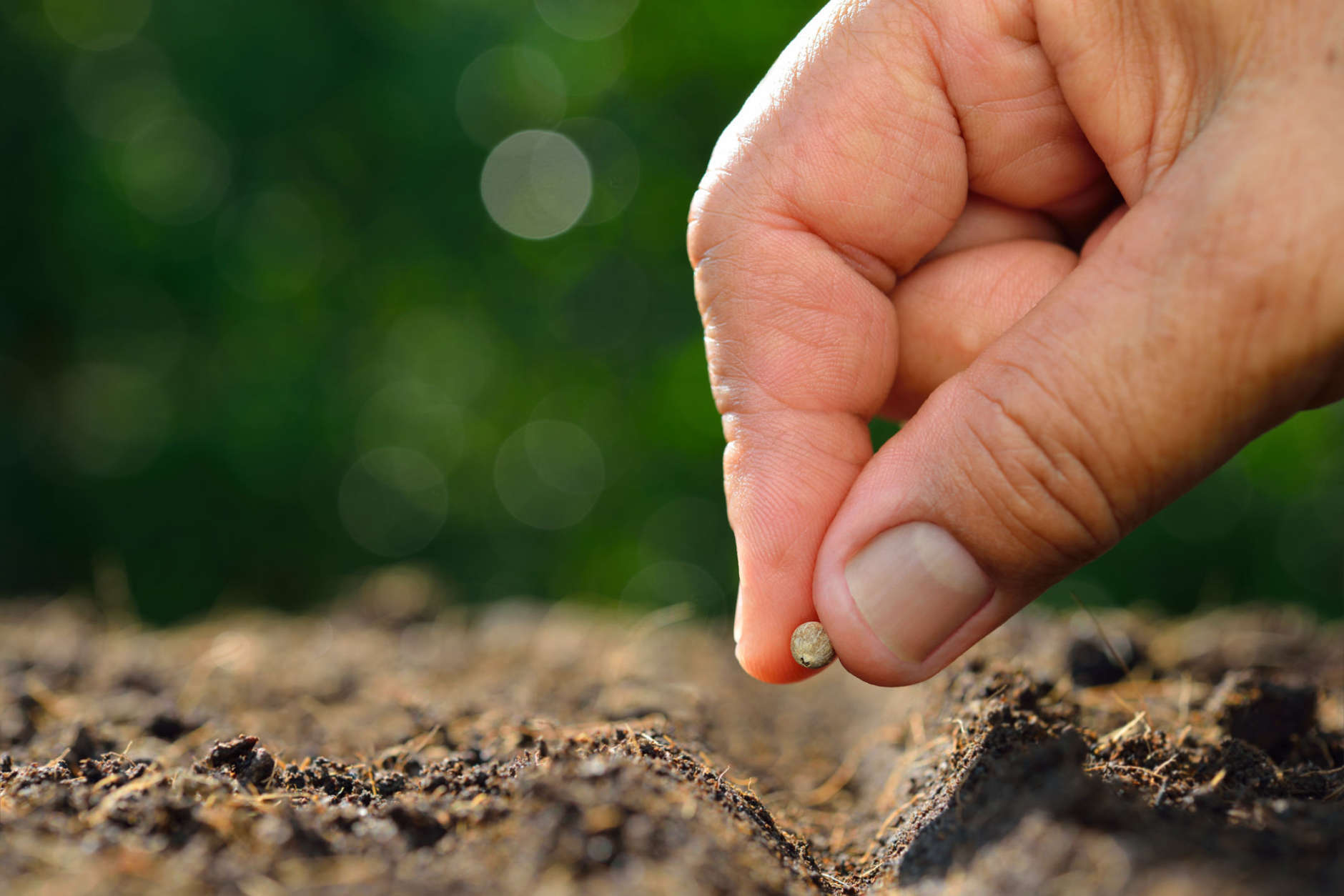

Garden Essentials
What Is A Plant Seed
Modified: September 1, 2024
Discover the wonders of garden seeds with our comprehensive guide. Learn about the different types of plant seeds and how to cultivate a thriving garden in your own backyard.
(Many of the links in this article redirect to a specific reviewed product. Your purchase of these products through affiliate links helps to generate commission for Storables.com, at no extra cost. Learn more)
Introduction
A plant seed is a remarkable marvel of nature, holding within it the potential to grow into a full-fledged plant. Often small in size, seeds are packed with everything needed to initiate the journey of germination – the process by which a seed sprouts and begins its transformation into a plant.
Seeds play a pivotal role in the life cycle of plants, serving as a means of reproduction and dispersal. They embody the genetic information necessary to develop into a mature plant, carrying within them the blueprint for growth. By understanding the structure, types, and germination process of plant seeds, we gain insights into their vital importance and the extraordinary potential they possess.
In this article, we will delve into the fascinating world of plant seeds, exploring their definition, structure, and various types. We will also examine the germination process, the factors affecting seed viability, and the benefits of saving seeds. So, let’s dig deeper and unravel the mysteries of these tiny powerhouses of growth and life.
Key Takeaways:
- Plant seeds are like tiny powerhouses that hold the potential for new plant growth. They come in different types and have a fascinating structure that helps them sprout and develop into mature plants.
- Saving plant seeds is important because it helps preserve different plant varieties, saves money, and supports sustainable agriculture. It also helps protect genetic diversity and fosters community collaboration.
Read more: What Is The Fastest Plant To Germinate
Definition of a Plant Seed
A plant seed can be defined as a reproductive structure produced by flowering plants, gymnosperms, and some ferns and mosses. It is a dormant embryonic plant enclosed within a protective coat.
Seeds are the result of the sexual reproduction process in plants. They are formed when the female reproductive organ of a flower, the ovule, becomes fertilized by pollen from the male reproductive organ, the stamen. This fertilization process triggers the development of the seed.
The structure of a seed consists of three main parts: the seed coat, the embryo, and the endosperm. The seed coat, also known as the testa, provides protection to the delicate internal structures of the seed. The embryo contains the young plant in its earliest stage of growth, consisting of the radicle (embryonic root), plumule (embryonic shoot), and one or two cotyledons (seed leaves). The endosperm is the nutrient-rich tissue that surrounds the embryo, providing nourishment during the early stages of germination.
Seeds come in various shapes, sizes, and colors, depending on the plant species. Some seeds are tiny and barely visible to the naked eye, like those of orchids, while others are larger and more conspicuous, such as those of coconuts.
It is important to note that not all plants reproduce through seeds. Some plants, like ferns and mosses, reproduce through spores rather than seeds. However, the majority of plants on Earth utilize seeds as their primary means of reproduction and dispersal.
Now that we have a clear understanding of what a plant seed is and its basic structure, let’s explore the different types of seeds found in the plant kingdom.
Structure of a Plant Seed
Plant seeds exhibit a remarkable diversity in their structure, tailored to suit the needs and requirements of different plant species. Despite these variations, all seeds possess some essential components that contribute to their overall structure.
The outermost layer of a seed is known as the seed coat or testa. This protective layer acts as a shield, preventing mechanical damage, pathogen invasion, and dehydration. The seed coat can be thick and hard, as seen in nuts and legumes, or thin and delicate, like the coats of some flower seeds.
Within the seed coat lies the embryo – the young plant in its earliest stage of development. The embryo consists of three main parts: the radicle, the plumule, and the cotyledons.
The radicle is the embryonic root of the plant. It is the first structure to emerge during germination, anchoring the growing seedling to the soil and absorbing water and nutrients for further growth.
The plumule, also known as the embryonic shoot, is located above the radicle. It contains the earliest leaves and stems of the plant and gives rise to the above-ground structures as the seedling grows.
The cotyledons, or seed leaves, serve as a crucial energy source for the developing seedling. They are responsible for absorbing stored nutrients from the endosperm or seed storage tissue and supplying them to the growing embryo.
In addition to these primary structures, some seeds may also contain specialized structures or adaptations. For example, some seeds have wings or structures that aid in wind dispersal, such as those found in maple trees. Others have hooks or barbs that enable them to cling to fur or clothing, facilitating dispersal by animals.
The internal structures of seeds also play a crucial role in their development and germination. The endosperm, a nutrient-rich tissue, surrounds and nourishes the embryo. It provides essential carbohydrates, proteins, and lipids that support the early growth of the germinating seed.
Understanding the intricate structure of plant seeds is fundamental in comprehending their growth and development. With this knowledge in mind, let’s explore the various types of plant seeds that exist in the botanical world.
Types of Plant Seeds
Plant seeds come in a wide array of shapes, sizes, and characteristics. Understanding the different types of seeds can provide valuable insights into the specific needs and adaptations of various plant species. Here are some common types of plant seeds:
- Monocotyledonous Seeds: Monocotyledonous seeds, or monocots, are seeds that contain a single cotyledon or seed leaf. Examples of plants with monocot seeds include grasses, lilies, and orchids.
- Dicotyledonous Seeds: Dicotyledonous seeds, or dicots, have two cotyledons or seed leaves. They are typically larger in size and include a wide range of plant species, such as beans, tomatoes, and roses.
- Orchid Seeds: Orchid seeds are some of the smallest seeds found in the plant kingdom. They lack endosperm and rely on fungal associations for their germination and growth.
- Epigeal Seeds: Epigeal seeds germinate above the ground and produce seedlings that have the cotyledons raised above the soil surface. Peas and beans are examples of plants with epigeal seeds.
- Hypogeal Seeds: Hypogeal seeds germinate below the ground. The cotyledons remain below the soil surface as the seedling emerges. Examples of plants with hypogeal seeds include peanuts and sunflowers.
- Hard-Coated Seeds: Hard-coated seeds have a tough outer covering that requires special conditions, such as scarification or soaking, to break dormancy and trigger germination. Some examples of plants with hard-coated seeds are acacias and lupines.
- Winged Seeds: Winged seeds have structures like wings or attached structures that aid in their dispersal by wind. Maple trees are a classic example of plants with winged seeds.
- Buried or Burdock-Type Seeds: Buried seeds have unique adaptations like barbs or hooks that help them latch onto animals or clothing for dispersal. Velcro is inspired by the structure of burdock seeds.
These are just a few examples of the diverse types of plant seeds found in nature. Each type has its unique characteristics and adaptations that allow for successful reproduction and dispersal strategies. Understanding these variations in seed types contributes to our knowledge of plant biology and ecology.
Now that we have explored the different types of plant seeds and their characteristics, let’s delve into the fascinating process of seed germination.
Germination Process
The germination process is a crucial stage in the life cycle of a plant seed, marking the beginning of its transformation into a mature plant. Germination occurs when the conditions required for a seed to break dormancy are met, triggering the growth of the embryo.
The process of seed germination can be summarized in a few key steps:
- Imbibition: The first step in germination is the absorption of water by the seed. As the seed takes in water, it swells and activates various metabolic processes within the embryo.
- Activation of Enzymes: With the presence of water, enzymes within the seed are activated. These enzymes break down stored nutrients, such as starches, proteins, and lipids within the endosperm or cotyledons, into more simple forms that the growing embryo can use for energy.
- Radicle Emergence: The radicle, or embryonic root, is the first structure to emerge from the seed. It grows downward into the soil, anchoring the seedling and absorbing water and nutrients from the surrounding environment.
- Shoot Emergence: As the radicle grows, the plumule, or embryonic shoot, begins to emerge above the ground. The plumule develops into the stems, leaves, and eventually, the reproductive structures of the mature plant.
- Development of Leaves: As the shoot emerges and grows, the cotyledons or the first true leaves develop. These leaves play a vital role in photosynthesis, enabling the seedling to produce its own energy.
- Growth and Establishment: With the root and shoot systems in place, the seedling continues to grow and establish itself in the environment. It develops additional leaves, branches, and a robust root system to support its growth and survival.
The successful germination of a seed largely depends on the presence of favorable environmental conditions. These conditions may include adequate moisture, suitable temperature, oxygen supply, and sometimes specific light requirements.
Each plant species may have specific germination requirements, with some seeds needing cold stratification (exposure to cold temperatures) or scarification (abrasion of the seed coat) to break dormancy.
The germination process is a remarkable demonstration of life overcoming dormancy and unlocking the dormant potential of a seed. It is a critical step in the establishment and survival of plant populations in a wide range of ecosystems.
Now that we have explored the germination process, let’s dive into the importance of plant seeds in the natural world.
When planting seeds, make sure to follow the instructions on the seed packet for the best results. Different seeds have different requirements for depth, spacing, and sunlight.
Read more: What Seeds To Plant In May
Importance of Plant Seeds
Plant seeds play a vital role in the survival and proliferation of plant species. They not only serve as a means of reproduction but also contribute to the biodiversity and ecological balance of our planet. Here are some key reasons why plant seeds are of immense importance:
- Reproduction and Genetic Diversity: Seeds are essential for plant reproduction. They carry the genetic information necessary to produce offspring with a combination of traits from both parent plants. This genetic diversity is crucial for the adaptation and resilience of plant populations to ever-changing environmental conditions.
- Ecological Restoration: Seeds are invaluable in the restoration of disturbed ecosystems. They can be used in reforestation projects, habitat restoration, and the establishment of native plants in areas affected by human activities or natural disasters. Planting seeds helps recreate a healthy and balanced ecosystem and provides habitats for various organisms.
- Food Production: Many of the crops we rely on for food, including grains, fruits, and vegetables, are grown from seeds. The cultivation of agricultural seeds provides us with a stable food supply and sustains livelihoods for farmers worldwide.
- Ecosystem Services: Plants provide numerous ecosystem services, including oxygen production, carbon sequestration, water regulation, soil conservation, and the creation of habitats for wildlife. Seeds are the starting point for the growth of plants that contribute to these vital ecosystem services.
- Medicinal and Nutritional Value: Many plant seeds have medicinal properties and nutritional value. They are a source of important nutrients, healthy fats, proteins, and antioxidants. Seed oils, such as olive oil and flaxseed oil, have long been used for their health benefits.
- Biodiversity Conservation: Seeds are crucial for the conservation of endangered plant species. Seed banks and conservation programs collect, store, and protect seeds to ensure their survival and potential future reintroduction into their native habitats.
Without plant seeds, our ecosystems would suffer, food production would be compromised, and biodiversity would be at risk. The preservation, conservation, and responsible utilization of seeds are essential for the well-being of both humans and the natural world.
Now that we understand the importance of plant seeds, let’s explore the factors that can affect seed viability and germination.
Factors Affecting Seed Viability
The viability of a seed refers to its ability to germinate and produce a healthy and vigorous plant. Several factors can impact seed viability, determining whether a seed will successfully germinate or remain dormant. Here are some key factors that influence seed viability:
- Age of the Seed: As seeds age, their viability naturally declines. The rate of deterioration varies among different plant species and seed types. Some seeds, like those of grains and legumes, may remain viable for several years, while others, like some flower seeds, have a shorter lifespan.
- Seed Storage Conditions: Proper storage conditions can significantly extend the viability of seeds. Factors such as temperature, humidity, and exposure to light can affect seed longevity. Seeds that are stored in cool, dry, and dark conditions have higher chances of maintaining their viability for a longer period.
- Seed Dormancy: Dormancy is a state of suspended growth that allows seeds to wait for favorable conditions before germinating. Some seeds have innate dormancy mechanisms, requiring specific environmental cues, such as cold stratification or exposure to fire or light, to overcome dormancy and initiate germination.
- Seed Coat Hardness: The hardness or thickness of the seed coat can impact germination. Seeds with hard coats may be more resistant to moisture uptake and require scarification, such as mechanical scratching or soaking, to allow water to penetrate and trigger germination.
- Genetic Factors: The genetic makeup of a seed can influence its viability and germination success. Some plant varieties may have naturally higher germination rates, while others may be more prone to dormancy or have specific requirements for successful germination.
- Pathogens and Pests: Seeds can be vulnerable to attack by pathogens like fungi, bacteria, and viruses, as well as pests such as insects and rodents. Infected or damaged seeds may have reduced viability or be unable to germinate at all.
- Environmental Conditions: Environmental factors, including temperature, moisture, light, and oxygen availability, play a significant role in seed viability. Seeds require specific conditions to initiate germination, and unfavorable or extreme environmental conditions can lead to reduced viability.
Understanding these factors and their impacts on seed viability is crucial for successful seed germination and cultivation. Proper storage practices, seed treatment methods, and providing favorable environmental conditions can significantly improve the viability and germination rates of seeds.
Now that we have explored the factors affecting seed viability, let’s discuss the benefits of saving and preserving plant seeds.
Benefits of Saving Plant Seeds
Saving and preserving plant seeds have numerous benefits for both individuals and the environment. Here are some key advantages of seed saving:
- Preserve Plant Varieties: Seed saving allows us to preserve ancient, heirloom, and rare plant varieties that may not be commonly available in commercial seed catalogs. By saving seeds from diverse plant varieties, we contribute to the conservation of genetic diversity and protect unique plant traits and flavors.
- Cost-Effective: Saving and storing seeds from your own garden can be a cost-effective alternative to buying new seeds each year. By saving seeds from open-pollinated plants, you can create a self-sustaining source of seeds for future plantings.
- Adaptation to Local Conditions: Saving seeds from plants that have adapted to your specific climate and soil conditions can help develop local resilience and improve crop yields over time. Local seed saving promotes the cultivation of plants that are well-suited to the region and its unique environmental challenges.
- Sustainable Agriculture: Seed saving aligns with the principles of sustainable agriculture by promoting self-reliance and reducing dependence on commercial seed sources. It empowers individuals and communities to take control of their food systems and cultivate diverse, nutritious, and resilient crops.
- Preserve Traditional Farming Practices: Seed saving preserves traditional farming practices and cultural heritage. It allows farmers to maintain their connection to the land, their ancestors, and the heritage seeds that have sustained their communities for generations.
- Biodiversity Conservation: Saving seeds plays a crucial role in the conservation of plant biodiversity. It helps protect genetic diversity, mitigate the loss of rare and endangered plant species, and maintain a healthy and resilient ecosystem for future generations.
- Education and Community Building: Seed saving fosters knowledge sharing, community collaboration, and the exchange of seeds and gardening techniques. Seed saving events, seed libraries, and seed exchange networks provide opportunities for gardeners and enthusiasts to connect, learn from one another, and strengthen community bonds.
By saving and preserving plant seeds, we contribute to a more sustainable and resilient food system, protect genetic diversity, support local agriculture, and foster a deeper appreciation for the interconnectedness of plants and people.
As we conclude our exploration of the benefits of saving plant seeds, it is clear that these tiny marvels hold not only the potential for future plant growth but also the power to shape the future of our food systems and the conservation of our natural world.
Conclusion
Plant seeds are truly remarkable entities that hold within them the awe-inspiring power of growth and regeneration. They are the gateway to a plant’s journey from a dormant embryo to a thriving organism, contributing to the beauty and diversity of our natural world.
In this article, we have explored the definition and structure of plant seeds, highlighting their various types and the intricate components that make up their architecture. We have delved into the fascinating process of seed germination, uncovering the steps that enable a seed to sprout and grow into a mature plant.
Moreover, we have discussed the importance of plant seeds to our ecosystem and society. From their role in reproduction and genetic diversity to their contribution to food production, biodiversity conservation, and sustainable agriculture, seeds are fundamental to the functioning and well-being of our planet.
We have also examined the factors that influence seed viability, understanding the conditions and considerations necessary for successful germination. Additionally, we have explored the benefits of saving and preserving plant seeds, from the preservation of plant varieties and traditional farming practices to the promotion of local resilience and community building.
As we conclude this journey into the world of plant seeds, let us embrace the significance of these tiny powerhouses of life and growth. Let us nurture a deep appreciation for their role in sustaining both the natural environment and human civilization.
By valuing and protecting plant seeds, we ensure the continuation of a vibrant and diverse plant kingdom, contributing to food security, ecological balance, and the cultural heritage of farming communities. Let us sow the seeds of stewardship and cultivate a future that recognizes the immense value and potential held within each and every plant seed.
Frequently Asked Questions about What Is A Plant Seed
Was this page helpful?
At Storables.com, we guarantee accurate and reliable information. Our content, validated by Expert Board Contributors, is crafted following stringent Editorial Policies. We're committed to providing you with well-researched, expert-backed insights for all your informational needs.
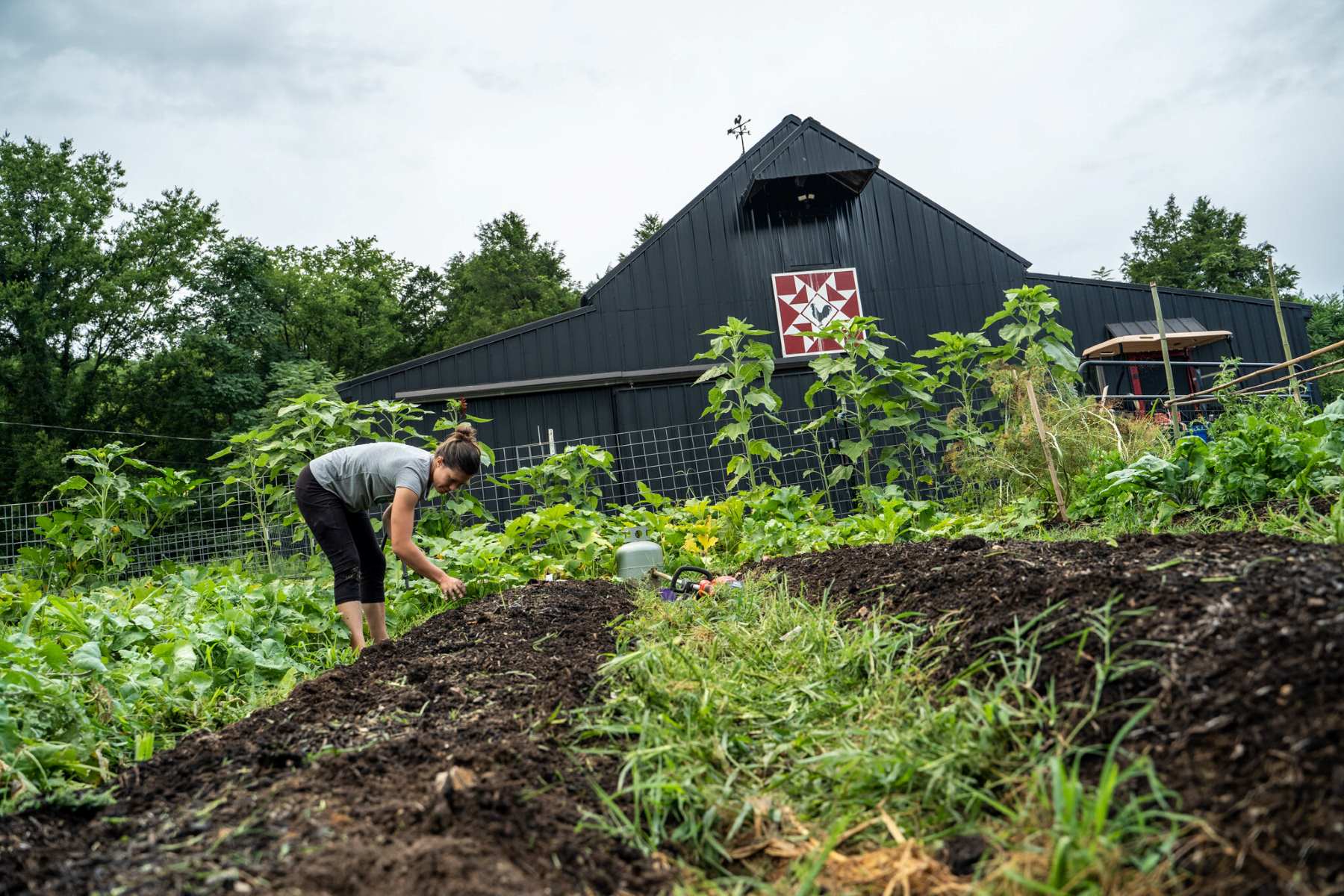
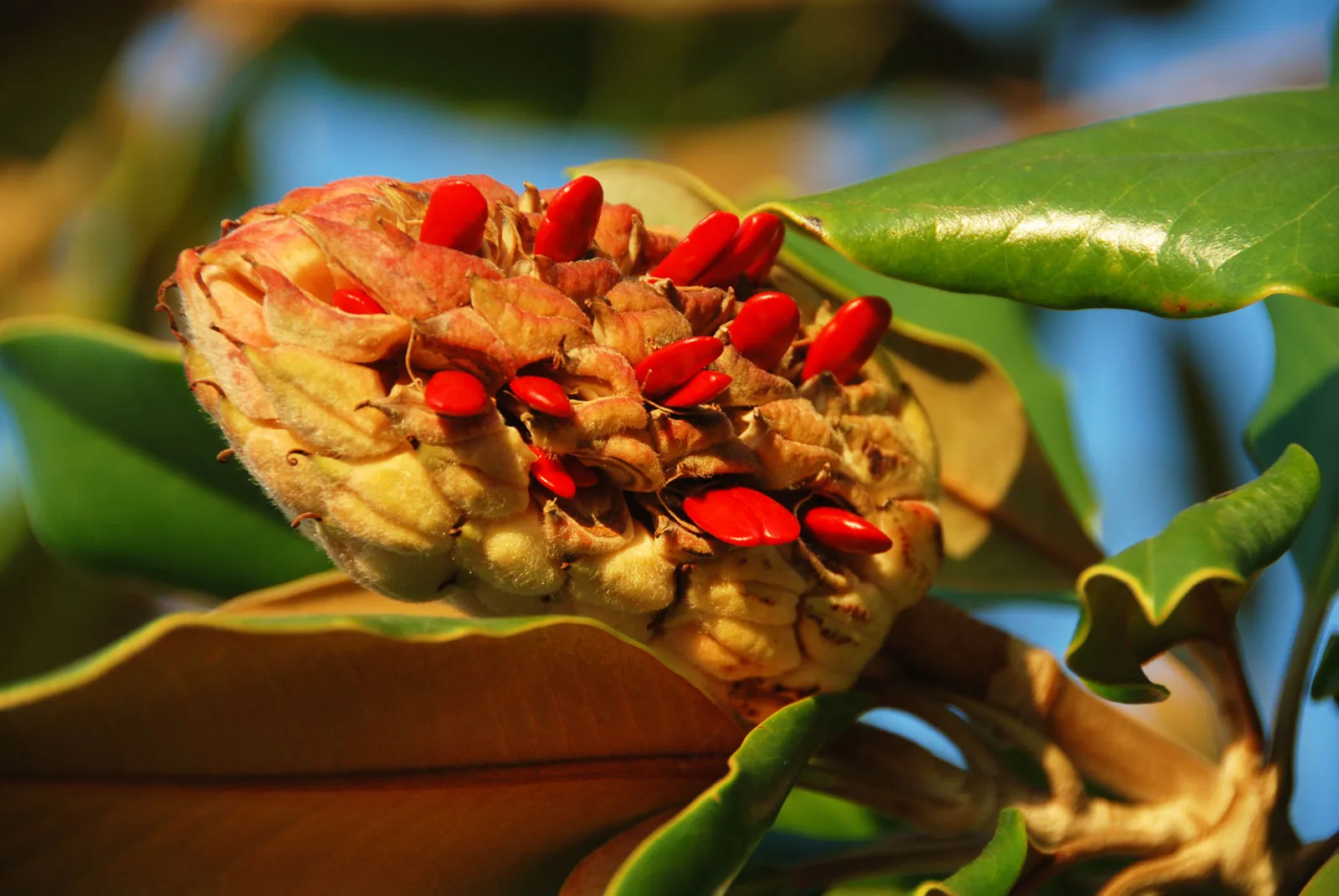
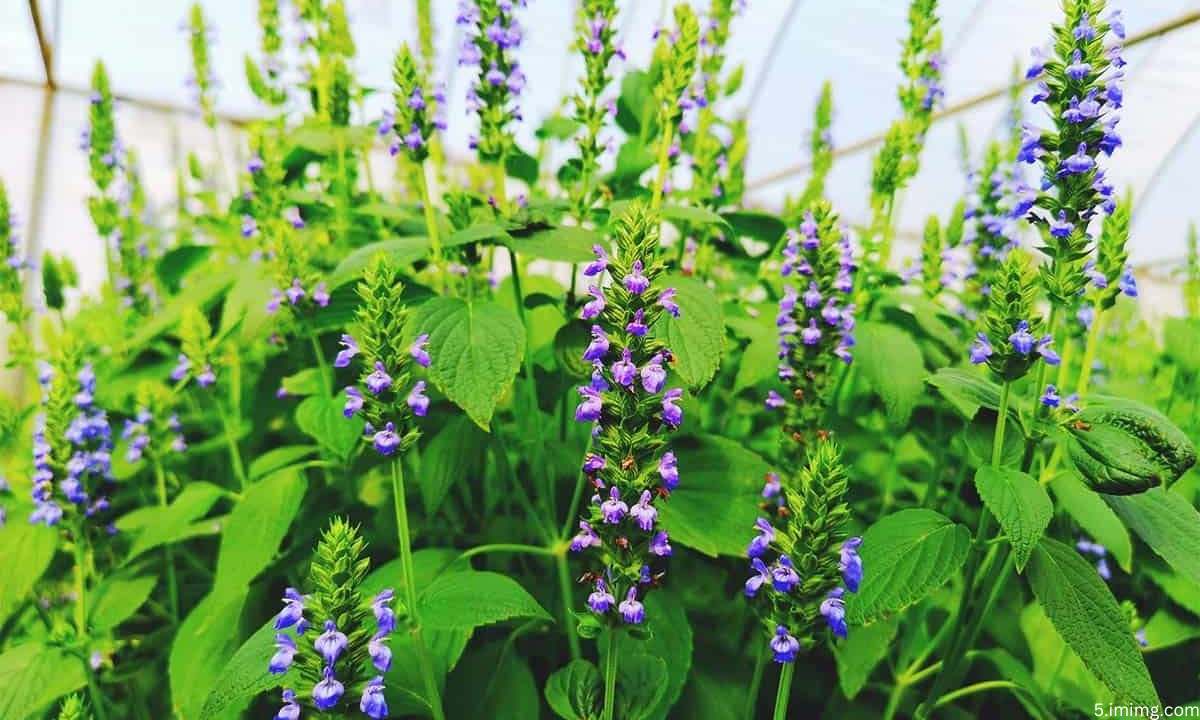
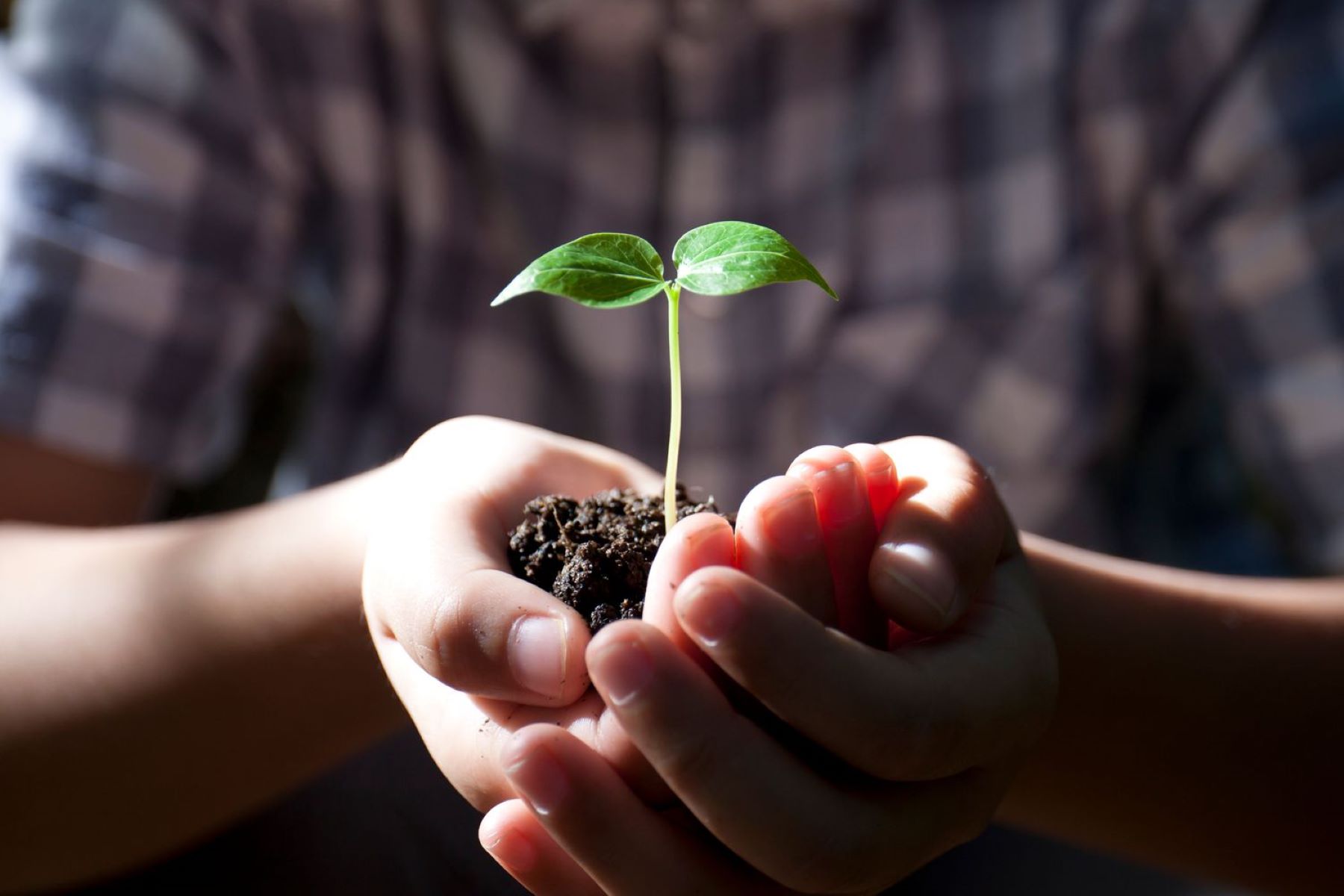
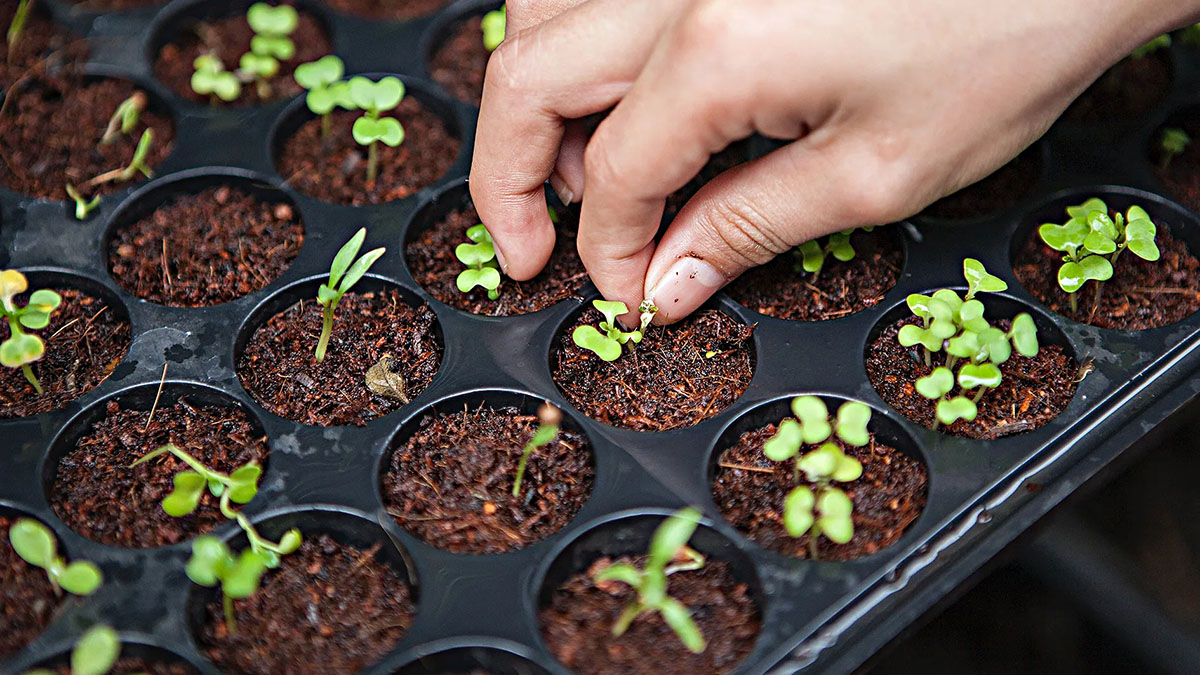
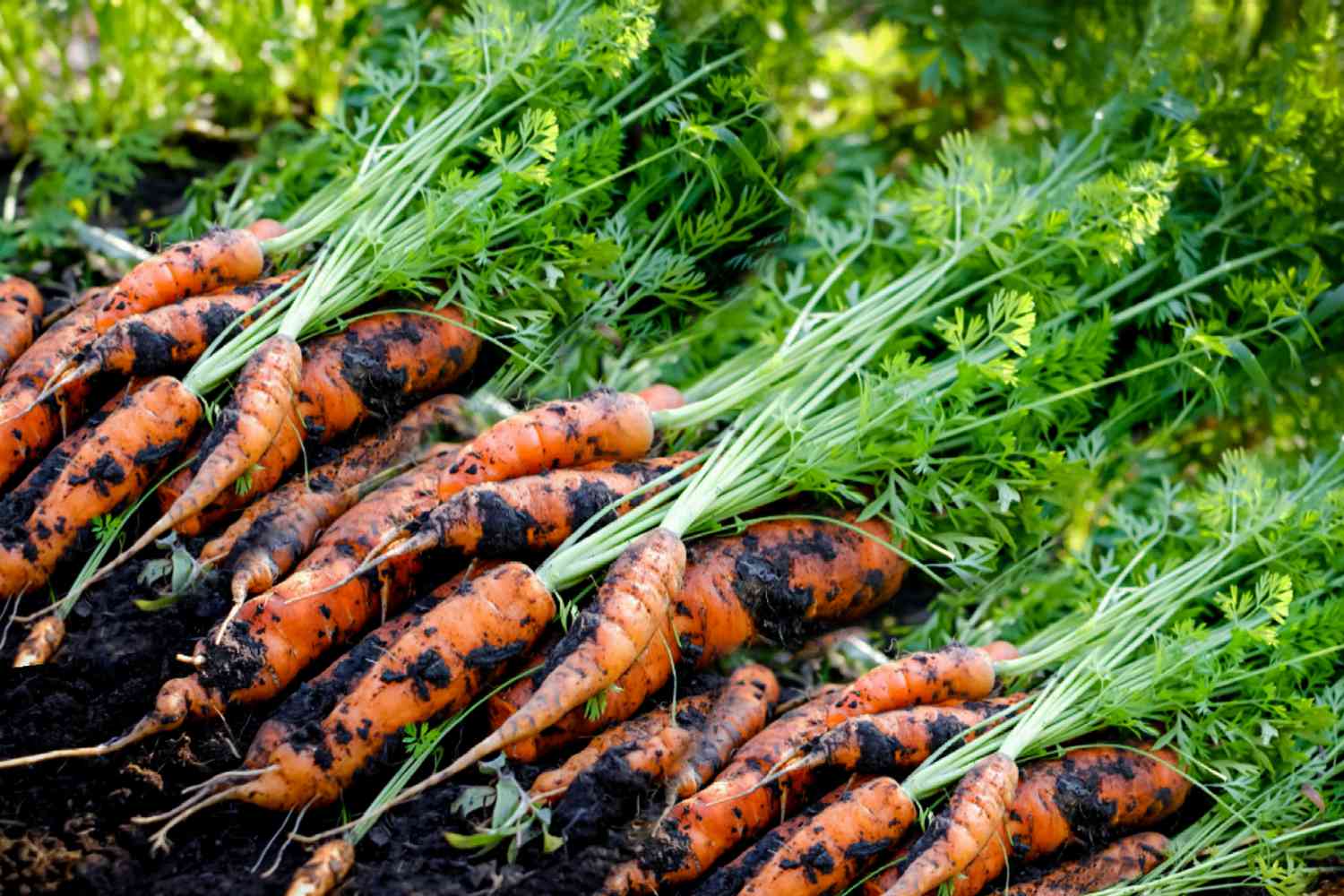
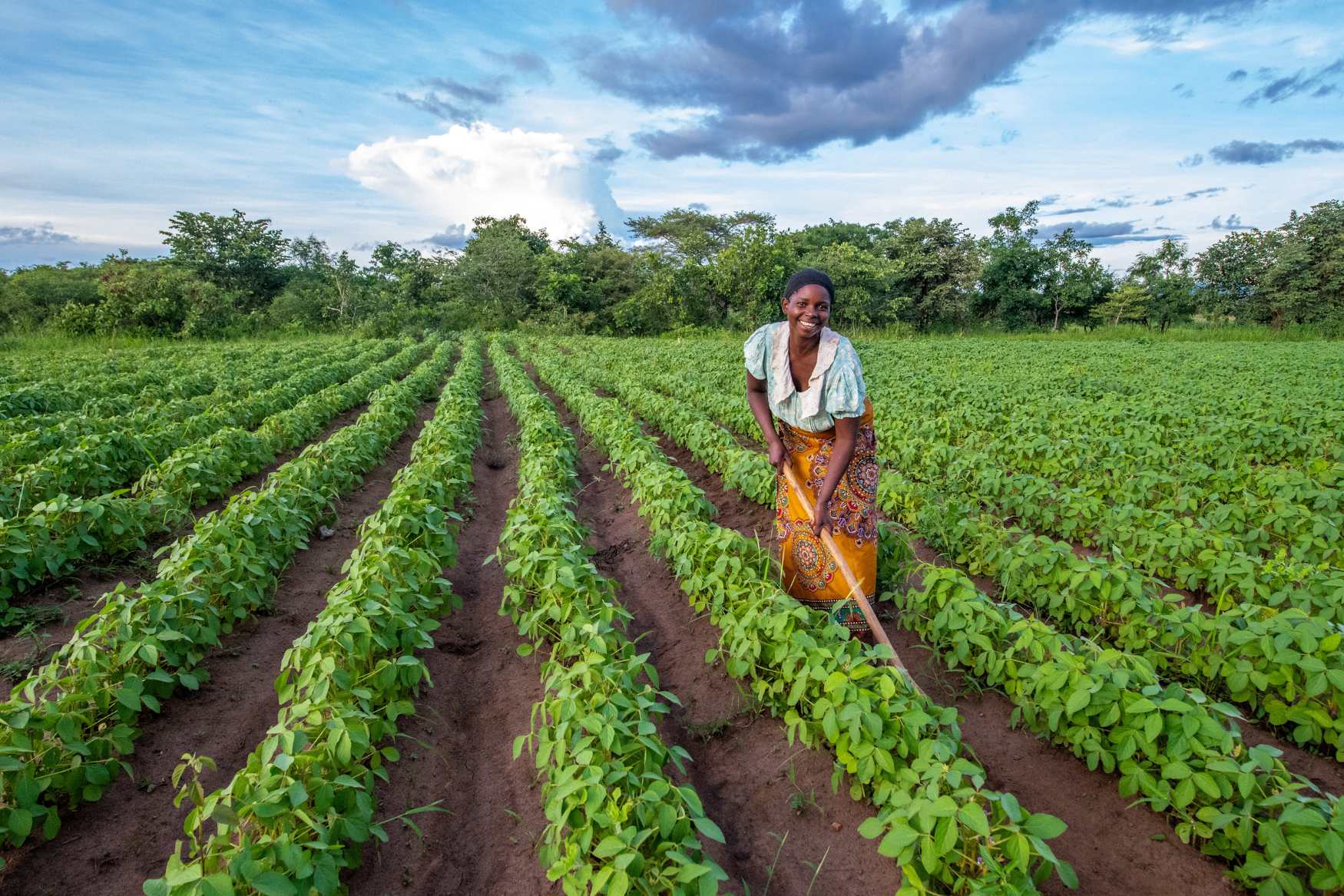
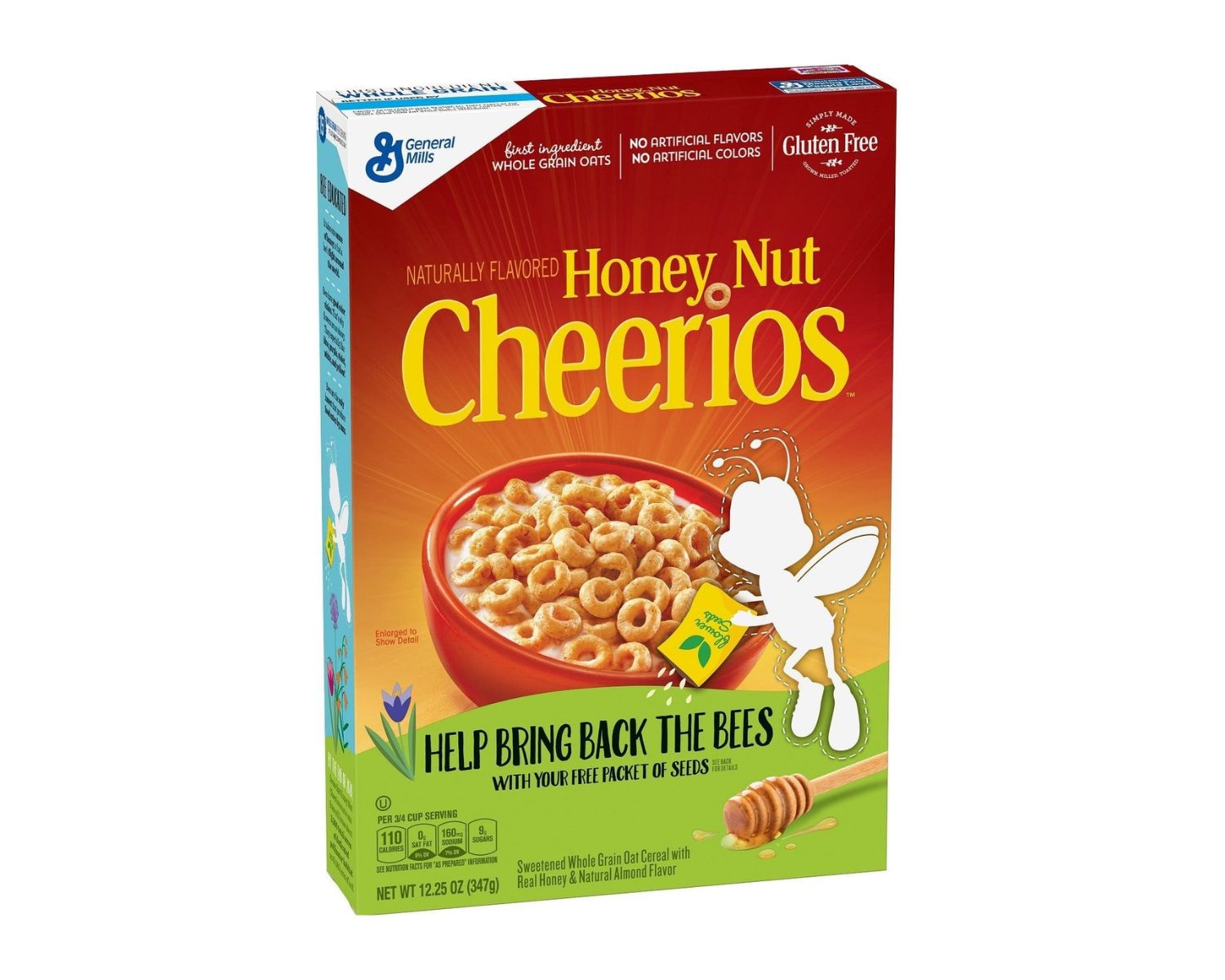
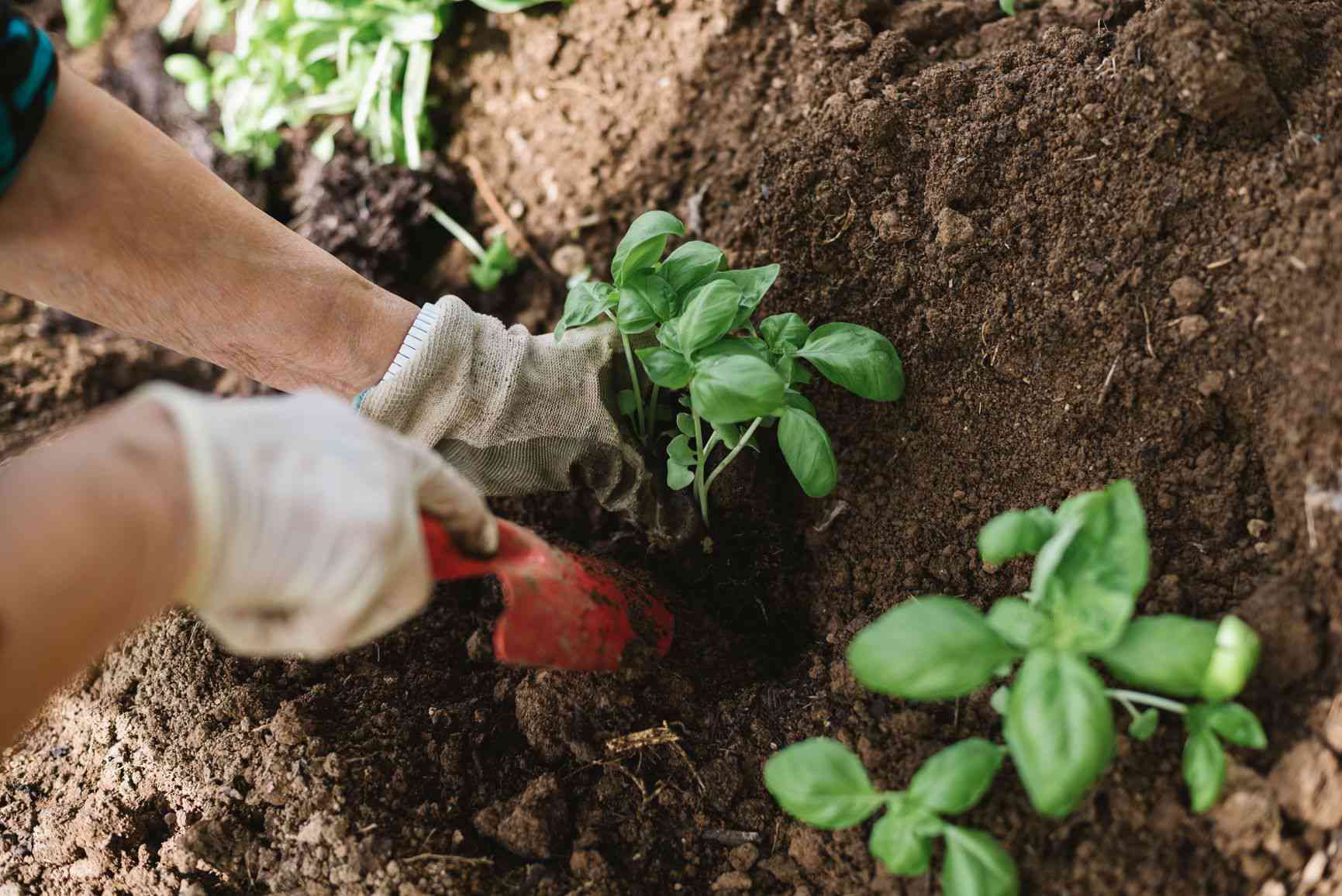
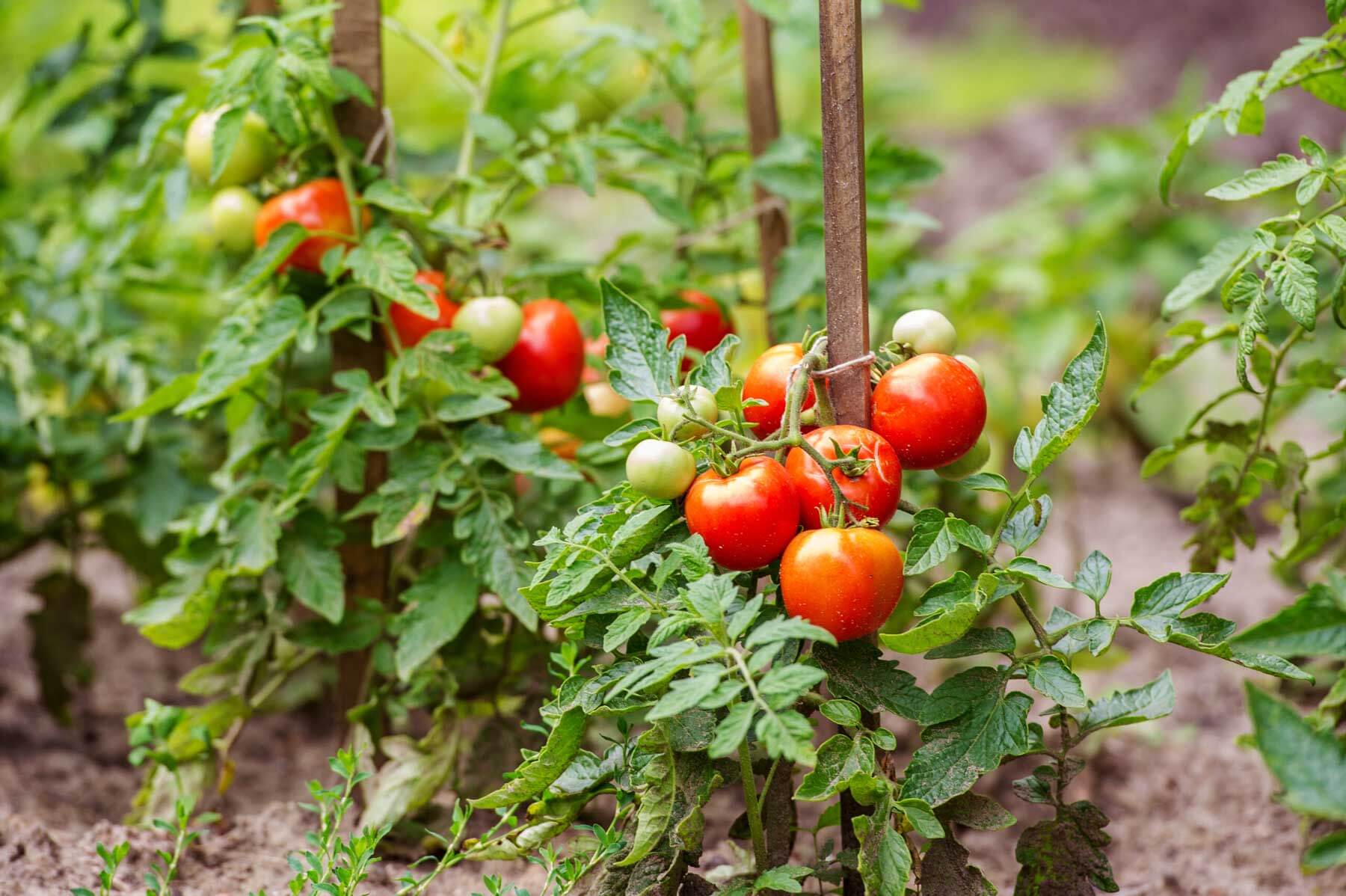
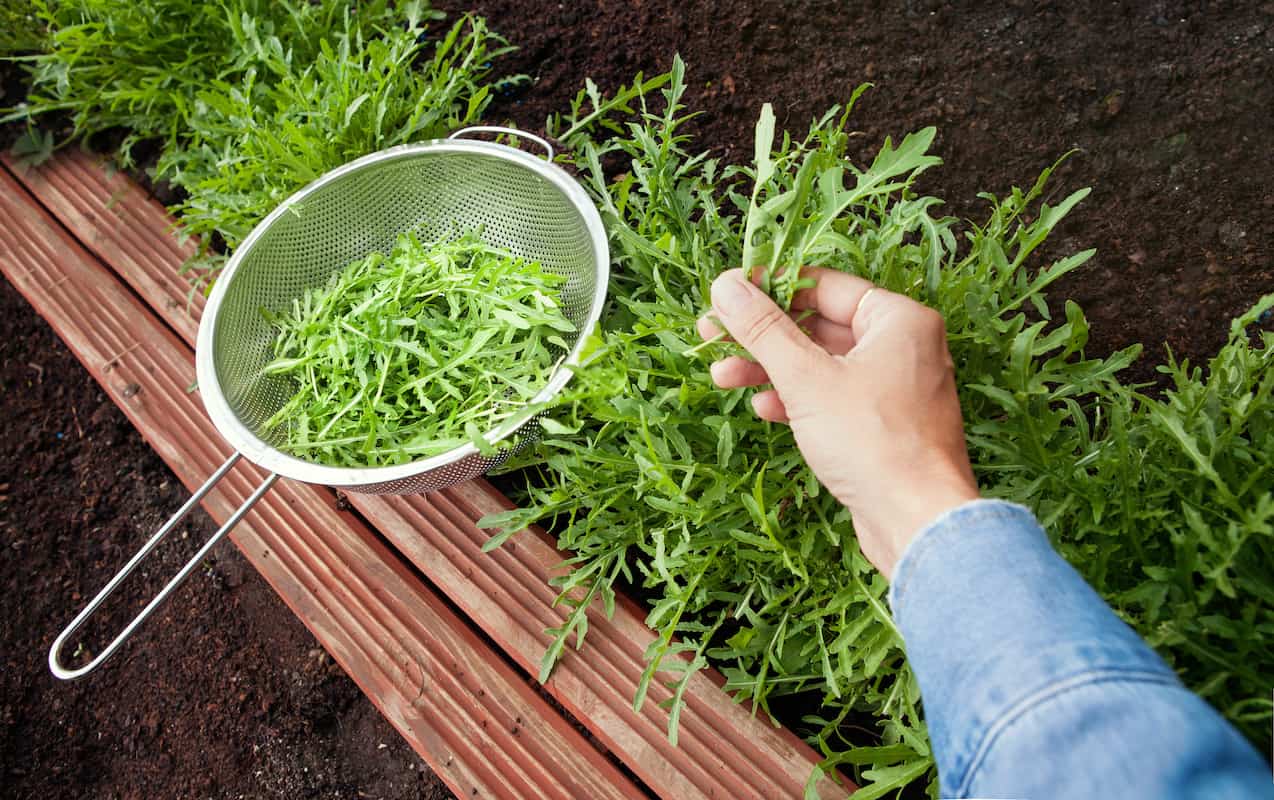
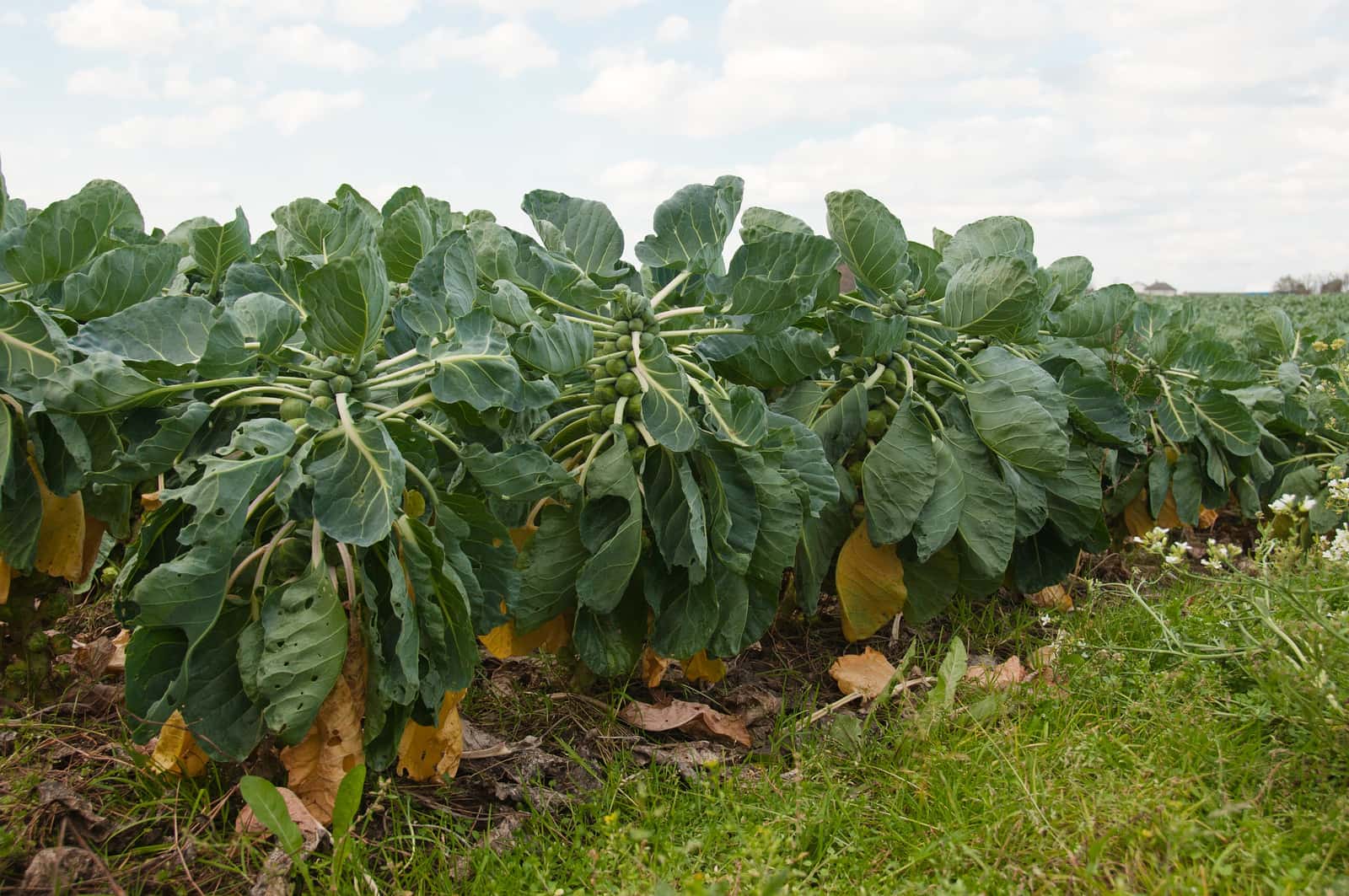

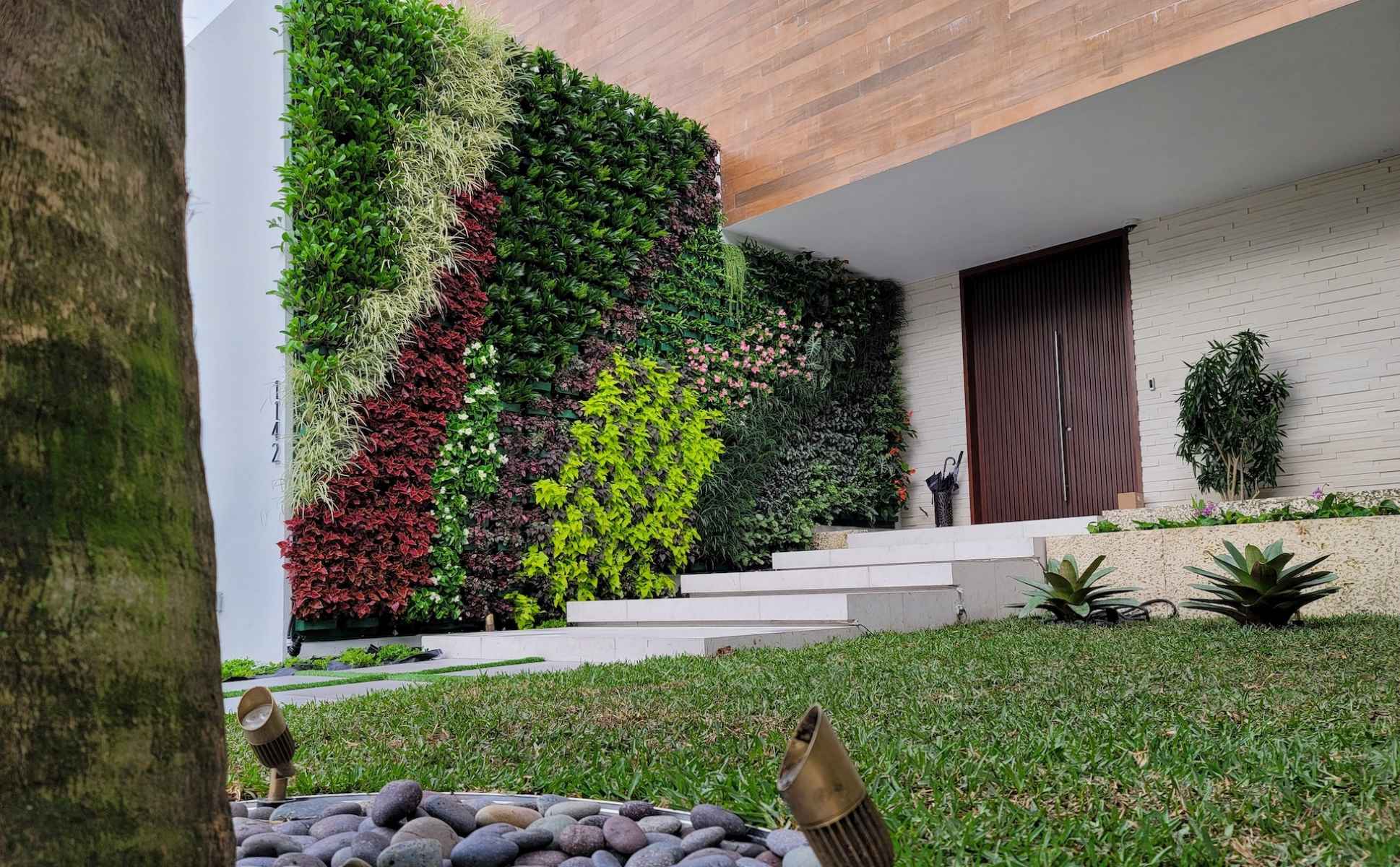

0 thoughts on “What Is A Plant Seed”